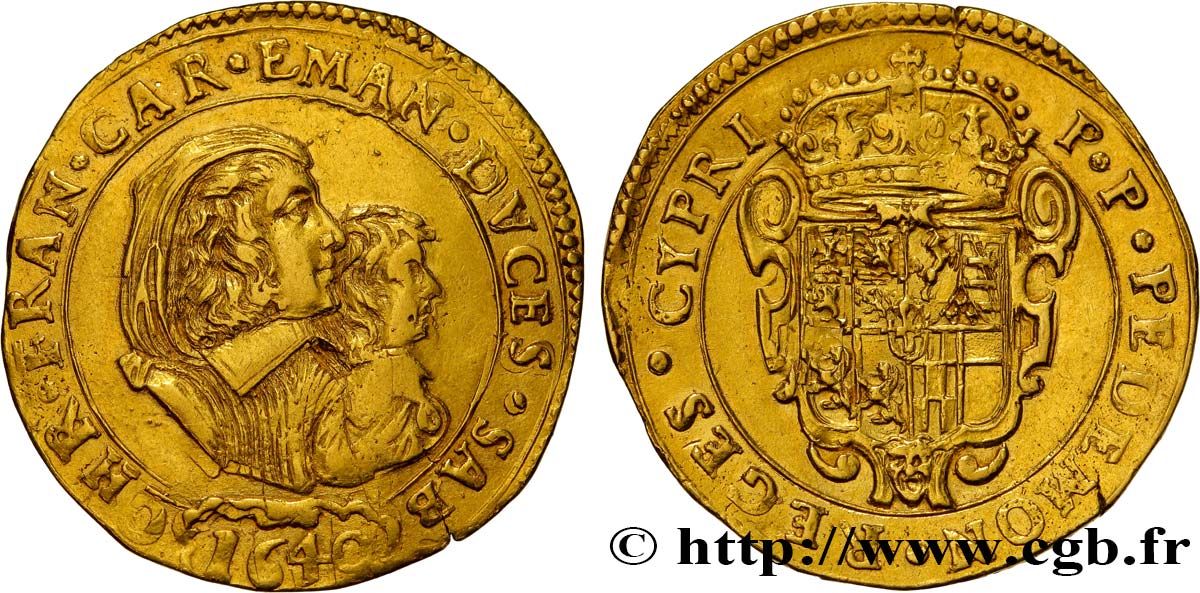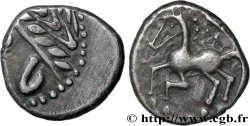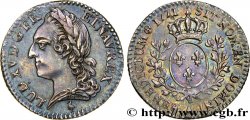Live auction - bfe_385632 - SAVOY - DUCHY OF SAVOY - MARIE-CHRISTINE DE BOURBON AND CHARLES-EMMANUEL II Quadruple écu d’or, 1er type (4 scudi d’or)
You must signin and be an approved bidder to bid, LOGIN TO BID. Accounts are subject to approval and the approval process takes place within 48 hours. Do not wait until the day a sale closes to register. Clicking on "BID" constitutes acceptance of the terms of use of cgb.fr private live auctions.
Bids must be placed in whole Euro amounts only. The sale will start closing at the time stated on the item description; any bids received at the site after the closing time will not be executed. Transmission times may vary and bids could be rejected if you wait until the last second. For further information check the Live auction FAQ
All winning bids are subject to a 18% buyer’s fee.
All winning bids are subject to a 18% buyer’s fee.
| Estimate : | 6 500 € |
| Price : | 3 700 € |
| Maximum bid : | 3 750 € |
| End of the sale : | 19 April 2016 15:42:54 |
| bidders : | 2 bidders |
Type : Quadruple écu d’or, 1er type (4 scudi d’or)
Date: 1640
Mint name / Town : Turin
Metal : gold
Diameter : 31 mm
Orientation dies : 7 h.
Weight : 13,20 g.
Rarity : R2
Coments on the condition:
Ce quadruple écu est frappé sur un flan large et légèrement irrégulier. Exemplaire légèrement tréflé à 7 heures au droit et présentant un petit éclatement à 5 heures au revers. Revers concave
Catalogue references :
Predigree :
Exemplaire provenant de la collection F. L.
Obverse
Obverse legend : CHR* FRAN* CAR* EMAN* DVCES* SAB.
Obverse description : Bustes accolés, à droite, de la régente et de Charles-Emmanuel II ; au-dessous 1640 dans un cartouche.
Obverse translation : (Charles-Emmanuel, par la grâce de Dieu, duc de Savoie).
Reverse
Reverse legend : P* P* PEDEMON* REGES* CYPRI.
Reverse description : Écu écartelé, portant un cœur un écu de Savoie, orné de cuirs et sous une couronnes.
Reverse translation : (Prince de Piémont, rois de Chypre).
Commentary
Ces quadruples écus d’or dits du 1er type furent frappés seulement entre 1639 et 1642 à Turin et peut-être dans l’atelier de Chambéry.








 Report a mistake
Report a mistake Print the page
Print the page Share my selection
Share my selection Ask a question
Ask a question Consign / sell
Consign / sell







